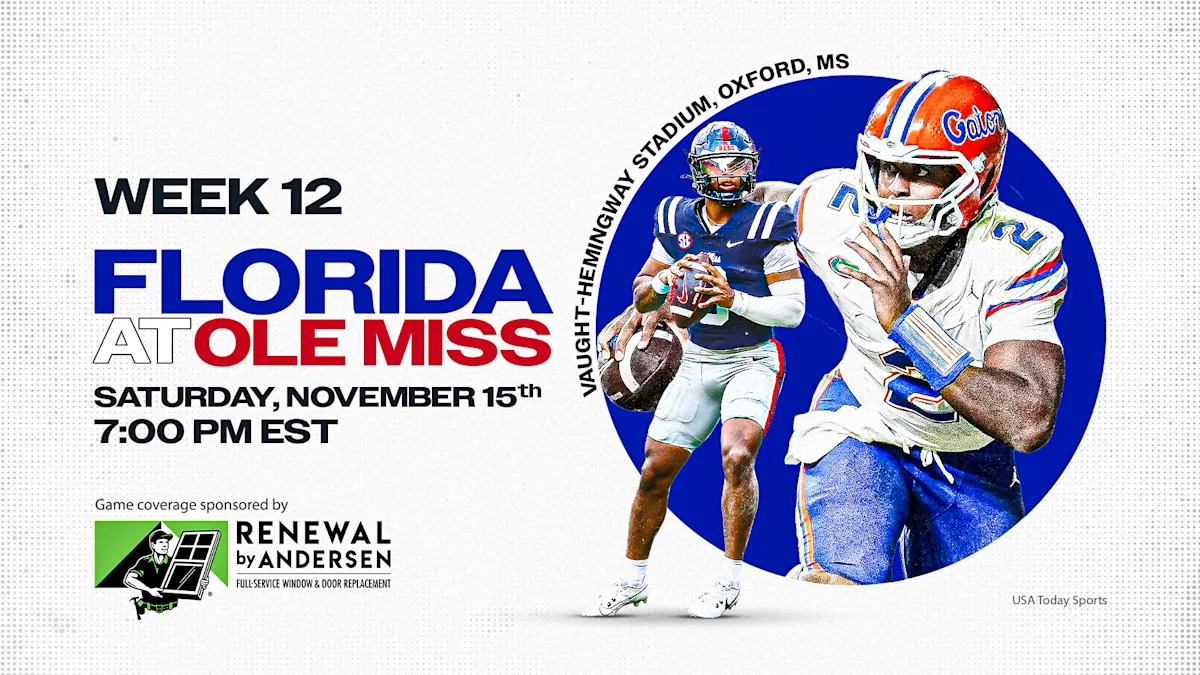Last week in Port St. Lucie, Florida, city council members were being asked to approve an agreement that would start construction of a new stadium for a future team in the United Soccer League.
The agreement boils down to this:
Estimated cost to build the stadium is $80 million.New stadium will seat 6,000 people.Opening date is scheduled for the start of the 2027 USL League One season.Developer Ebenezer Stadium Construction (ESC) will get $27.5 million from taxpayers over 20 years.Construction costs are fully paid for by ESC.50-year lease will be offered to ESC with an option to purchase the stadium outright.
Let me try to explain a TIF district quickly. In a TIF district, the project is financed by calculating the property tax revenues the project will generate over a set period of time, as in 20 years in the future. So, this future revenue is being used now so that the project can be developed right now…essentially a front-loading process. The projected revenues are put together by looking at what the land/property owners would pay under the current tax system.
Many local leaders around the country view TIF districts as a way for their cities to facilitate economic growth. TIF plans also allow local leaders to give direct subsidies to developers without raising tax rates. According to the city, this agreement “is designed to bring economic growth, entertainment, and new opportunities to the community.” In this instance, the taxpayer money given to ESC will come from the TIF revenue. However, for the last few weeks, many city leaders have been trying their best to express one specific thing: taxpayers will not pay for the stadium. This message has been expressed time and time again whenever this subject is brought up. The mayor, Shannon Martin, claimed that residents were “not subsidizing in any way, shape, or form this stadium or any…maintenance costs as it relates to this stadium.” One city councilman told a local newspaper that taxpayers “aren’t on the hook.” In a previous city meeting, the mayor mentioned to the crowd that there was “no way” for taxpayers to be “on the hook for any dollars” if the stadium is successful.
Now, to be fair to the city, this deal is one of the better ones that I have reviewed of late. ESC is clearly responsible for 100% of the construction costs, and if the stadium deal falls apart, the city is not liable for any debt or bonds. Those are two things not seen very regularly in stadium agreements. Moreover, I will agree that city leaders haven’t tried to hide the $27 million of taxpayer money that will be paid back to ESC once the stadium is built.

However, I have a few problems with this whole project. My initial issue comes down to the lack of any public input and the amount of behind-the-scenes dealing that went on with this project. Just how little information did the public have before this was put forward? This project was revealed just eight days before the council was going to vote on it. But it shouldn’t be that big of a surprise when TIF money is involved. David Merriman, a professor at the University of Illinois at Chicago, wrote a paper on TIF projects around the country. The biggest issue connected with TIF over the last two decades is the “lack of transparency.” A third of all property taxes in Chicago were once allocated to TIF districts, as Bloomberg explains in an article titled “Does Tax Increment Financing Really Work? Usually, No.” The article goes on to mention how over $600 million was hidden from “standard oversight by elected officials” due to their TIF status. As the Public Interest Network wrote, TIF districts are allowing certain people to have access to a “kind of slush fund for favored projects.”
Furthermore, I take issue with the city’s pace of this project. There are still some substantial details that are not known. For example, the 46 acres of redevelopment land that will include a stadium is anticipated to create a “vibrant, walkable destination consisting of retail, restaurant, and residential uses.” Now, considering how important these buildings will be in the near future (since rising property taxes will be expected), what exactly is the timeline for these projects? One local writer released a story that asked this very question…what happens if the developer has issues years after the stadium is built? Are we sure that maintenance expenses will not be paid for by the city? We don’t know.
“There is no estimated timeline or estimated cost of the total mixed-use development that would surround the stadium” – TCPalm, 10/13/25
Figures.

The local newspaper, Treasure Coast News, wrote a story two weeks ago discussing how the stadium negotiations were “marred by secrecy, distrust, and free tickets.” In it, the author writes about how he hopes the opening night of the soccer stadium “isn’t as muddy as the secrecy leading to the city council’s rubber-stamp OK” of the project. Why? Let us count the ways…
Government Perks—Those government officials that announced and defended this deal forgot to tell their citizens that city officials get a “free 24-person suite” and complimentary tickets for “all stadium events.” Yes, the agreement specifically states that “the city” will get free tickets. Why on earth is this provision in this agreement?Stadium Announcement Hidden—The public had no clue about this deal ahead of time. The city abruptly called a special meeting for October 13th but only mentioned that the agenda included a “Project DuBey Update.” Cities in Florida can use code words for projects, but it is not mandatory. Therefore, the city chose to hide this project from taxpayers until the very last second.Operating Agreement Last Second—The stadium operating agreement was finished one single day before the second city meeting on the stadium.Public Couldn’t Stop It—There was no way for the public to stop this project after it was released. Or, as the article puts it, “It was clear the ball on this project was rapidly rolling toward the end line before anyone could try and stop it.”Must Be Approved Now! – A city director told the newspaper that this agreement took a year to “vet and arrange,” yet it must be voted on soon because “time (was) critical.” Except, it wasn’t. The city seems to admit that it took them 12+ months to understand and agree to this deal, but the public must do ALL of that within just a few weeks, if that.Developer-Owner Is Who—It wasn’t until very recently that people were able to see who the developer and owner of the team would be.
Next, I take issue with the city continuing to act as if this deal will cost taxpayers nothing. It is not being properly explained to residents. These days, cities love to trumpet TIF as the way to “jump-start development and create economic opportunity in underserved neighborhoods.” Except it doesn’t in plenty of cases. Many times, TIF will front-load future property tax revenue, accelerate particular projects, and drain off funds that should go to local educational institutions. Am I saying that every TIF project fails? Of course not. The Lincoln Institute of Land Policy found a number of successful TIF projects. It is easy to sit here and say that no general fund money will be used. The revenues from the TIF district would be coming from property taxes around the stadium. Although people who agree with TIF districts claim that the land would not have produced anything, I don’t agree with that at all. In fact, most times, a stadium is put in one of the best parts of a town. That means that all the revenue found in the TIF district is less revenue for the city/county if there was no TIF district. Most cities/counties would use this type of revenue for general fund operations.

One writer over at Nonprofit Quarterly wrote a story on TIF districts. This writer had himself worked on a TIF project and found that all TIF money did was “corrupt the planning process,” therefore allowing wealthy developers to be “gift(ed) billions of public dollars” for a project that was at best of “dubious public benefit.”
“Too often, elites…use…tax increment financing to expense development costs onto taxpayers, even as they profit. When property values rise for a specified period of time…the city or school district does not get the revenue coming from the increased value of the property. Instead, the money goes to pay back the bondholders and generate profit…for real estate developers” – Nonprofit Quarterly, March 2025
TIF financing for projects like a stadium will not deliver the anticipated economic benefits and could lead to substantial costs for the taxpayers involved. The number of examples showing this is endless, Last year, the Kansas Department of Legislative Post Audit found that TIF districts “do not work as intended.” Of the 114 TIF districts in Kansas, the audit picked six random TIF districts to review. Just three of the six districts were able to generate enough revenue to pay off the costs of the projects. But the six TIF districts that were selected all incurred “between $1.6 and $7 million in direct costs,” and four of the districts had unknown amounts of indirect costs. In one of the selected cities, the TIF district failed to generate anywhere close to the expected revenue, so 40% of the costs had to be paid through the city’s general fund.
In 2008, the Reno Aces played for the first time in their brand-new ballpark. Their owner, Herb Simon, agreed to pay for the construction and maintenance of the $80 million ballpark. Simon paid for these costs because the state of Nevada had “promised” him $20 million in grant money. Simon also expected money from the revenues of a TIF district that was expecting property values to rise near the ballpark. But the revenues “never materialized,” and the owner would end up demanding that the city give him $30 million to help with the ballpark debt or else he would move the team.

If cities and states are serious about changing the view of TIF, they should allow the public to have a proper amount of time to review any TIF agreement. Rather than giving taxpayers just eight days to look at a document that took months, if not years, to put together, why not allow residents to have several weeks to look at it? It is quite obvious sports owners intentionally throw together their large projects at the public at the last second so that the people cannot fully understand the actual money that is at stake.
























